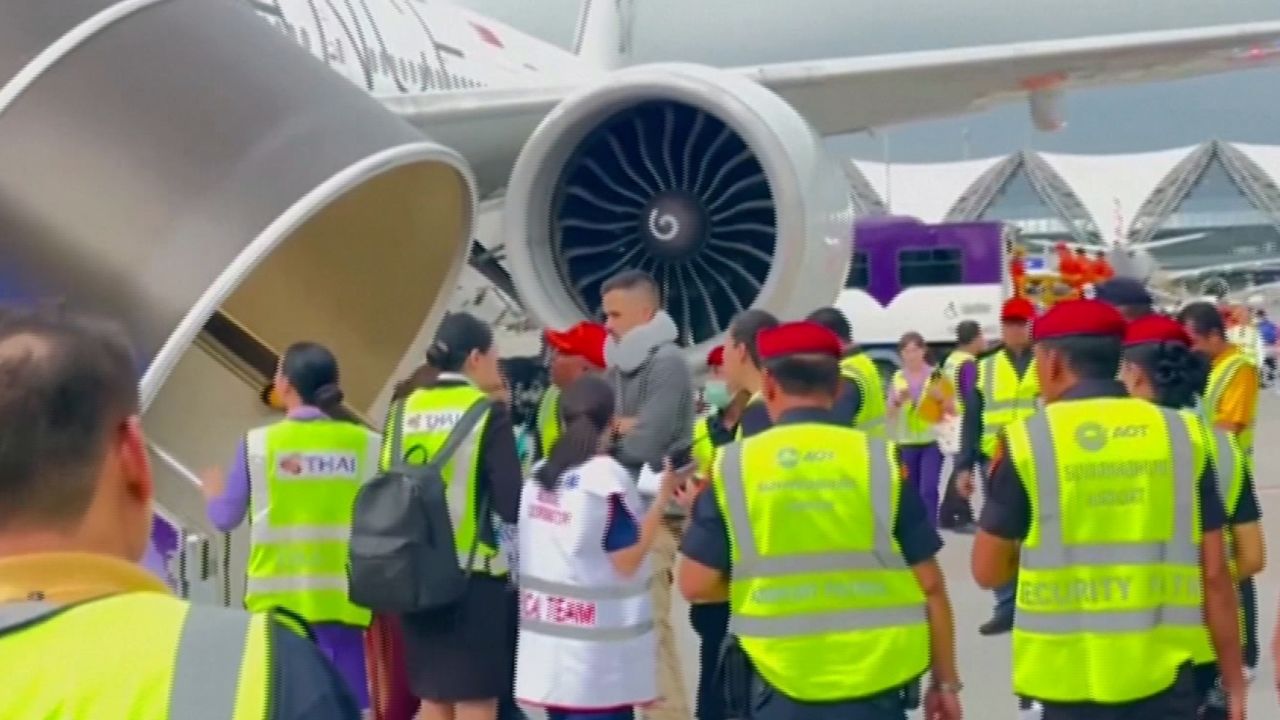Introduction
Air travel is generally regarded as one of the safest modes of transportation. However, incidents of severe turbulence can turn a routine flight into a harrowing ordeal. This was tragically illustrated on a recent Singapore Airlines flight, where extreme turbulence resulted in the death of one passenger and injuries to at least 71 others. This article delves into the events of that fateful flight, the nature of turbulence, and the broader implications for airline safety.
The Incident: A Routine Flight Turned Tragic
On May 21, 2024, Singapore Airlines Flight SQ378, en route from Singapore to London, encountered severe turbulence over the Bay of Bengal. The Airbus A350-900 was cruising at an altitude of 35,000 feet when the aircraft suddenly hit a pocket of unstable air. Passengers and crew members were jolted violently as the plane dropped several hundred feet within seconds.
Eyewitnesses reported scenes of chaos as unsecured passengers and items were thrown around the cabin. Despite the pilots’ immediate efforts to stabilize the aircraft, the turbulence continued for approximately 10 minutes, causing significant distress and injuries.
Casualties and Injuries
Tragically, a 58-year-old woman succumbed to her injuries shortly after the turbulence subsided. She was reportedly not wearing her seatbelt at the time of the incident. The exact cause of her death is still under investigation, but initial reports suggest that she suffered a fatal head injury.
In addition to the fatality, 71 other passengers sustained injuries ranging from minor bruises to more severe trauma. Of these, 15 were treated for serious injuries, including broken bones and concussions, upon landing at Heathrow Airport. Emergency services were on standby to provide immediate medical attention to the injured passengers.
Understanding Turbulence
Turbulence is a common phenomenon in aviation, caused by various factors such as atmospheric pressure, jet streams, mountain waves, and weather fronts. It can occur unexpectedly and vary in intensity. While most turbulence is mild and manageable, severe turbulence, like that encountered by Flight SQ378, can be dangerous.
Severe turbulence can be caused by clear-air turbulence (CAT), which occurs at high altitudes in clear sky conditions and is difficult to detect with radar. It can also be triggered by thunderstorms and other weather disturbances. In the case of Flight SQ378, preliminary reports suggest that the turbulence was likely a result of CAT, compounded by an unstable weather system over the Bay of Bengal.
Safety Measures and Protocols
Airlines and aviation authorities prioritize passenger safety through rigorous protocols and training. Pilots are trained to handle turbulence and are constantly updated with real-time weather information. Passengers are also advised to keep their seatbelts fastened when seated, even when the seatbelt sign is off.
Despite these measures, the unpredictability of severe turbulence poses ongoing challenges. Airlines equip their aircraft with advanced weather radar systems and collaborate with meteorological services to avoid known turbulence zones. However, the limitations in detecting CAT make it a persistent risk.
The Aftermath and Investigations
In the wake of the incident, Singapore Airlines has expressed deep condolences to the family of the deceased and is cooperating fully with aviation authorities in the investigation. The airline is also providing support and counseling to the affected passengers and crew.
The Civil Aviation Authority of Singapore (CAAS) and the Air Accidents Investigation Branch (AAIB) of the UK have launched a joint investigation to determine the exact causes and contributing factors of the turbulence encounter. This investigation will involve analyzing flight data recorders, weather conditions, and operational procedures.
Implications for Future Air Travel
This tragic incident underscores the critical importance of turbulence preparedness and passenger safety. It may lead to a re-evaluation of current safety protocols, including the use of advanced turbulence detection technology and stricter enforcement of seatbelt usage.
Airlines may also increase efforts to educate passengers about the risks of turbulence and the importance of following safety instructions. This could involve enhanced pre-flight briefings and more prominent in-flight reminders to keep seatbelts fastened.
Conclusion
The severe turbulence incident on Singapore Airlines Flight SQ378 is a stark reminder of the unpredictable nature of air travel and the ever-present need for stringent safety measures. While air travel remains statistically safe, the aviation industry must continue to advance its practices and technologies to mitigate such risks. The loss of life and injuries in this incident will likely drive further improvements in turbulence detection and passenger safety protocols, striving to prevent such tragedies in the future.
